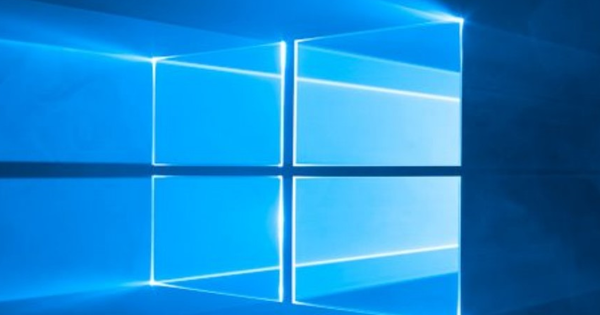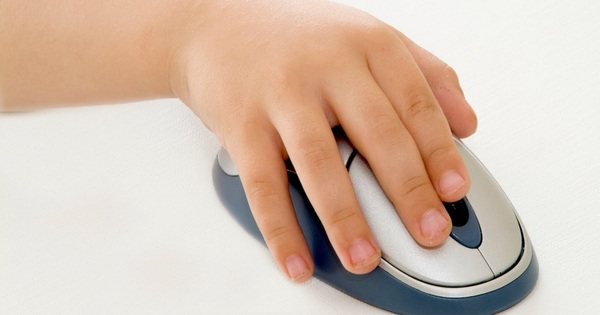If you still have a regular hard drive, an upgrade to an SSD is the best way to give your PC a big speed boost. But how much storage space do you need exactly? We show you how you can save money by not buying a larger SSD than necessary.
Before you buy an SSD, you should determine whether it will replace your current hard drive, or whether you will keep both the old and the new drive, with the SSD serving as a supplement to the regular hard drive. If the SSD is an addition, you can get by with a much smaller drive and thus save money. Also Read: SSDs Tested - Which SSD Should I Buy?
But topping up the disk can be impractical. If you have a spare drive bay in your PC - common in PCs but rare in laptops - you can easily replenish. But if your PC only has room for a single drive, it makes more sense to replace the hard drive.
Topping up, all you need is an SSD big enough to hold Windows, your installed programs, and maybe a handful of frequently used documents. Everything else should stay on the regular hard drive.
Yes, the hard drive will make the PC run slower than if you only have an SSD, but not by much. Since all the files you regularly use are on the SSD, the performance will not be affected by the hard drive as often, so you will hardly notice anything.
My test computer (a home-built desktop with a lot of compartments) has a 120GB SSD. It has Windows 7 Ultimate installed, along with a host of other programs (I use this computer to test software), and 14.2GB of documents, music, and photos in the libraries. And that barely takes up two-thirds of the drive.
If you don't have a free compartment, it makes more sense to replace your hard drive with an SSD - even if that means buying a larger and therefore more expensive drive.
How much space are we talking about?
The obvious answer: At least the same size as your current hard drive. But if that's too expensive, take a good look at your current drive. Is it only half full? If so, consider buying a smaller drive, but choose one large enough for reasonable growth.
If that's too expensive, you can use a smaller, additional SSD. After removing your hard drive, you can put it in a USB enclosure, essentially turning it into an external hard drive. Keep it plugged into your PC, so you can still access all files that don't fit on the SSD.
But this approach poses two problems: First, the external drive makes your laptop a lot less portable. And second, accessing files on an external drive is much slower, especially if your laptop doesn't have a USB 3.0 port.

